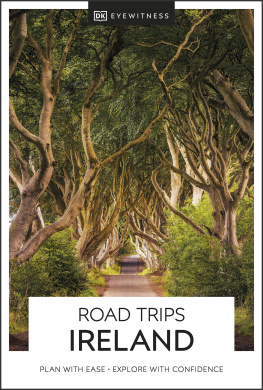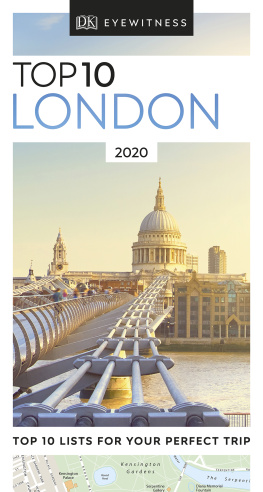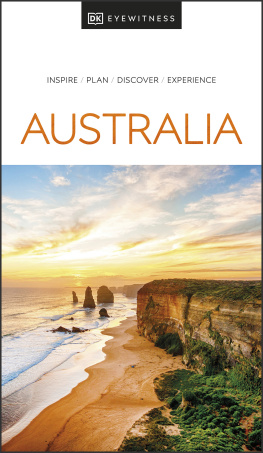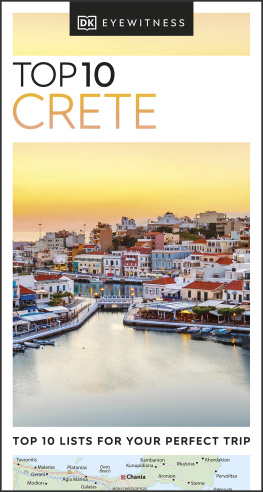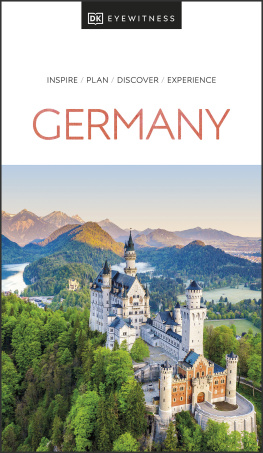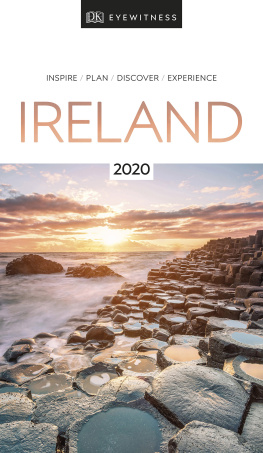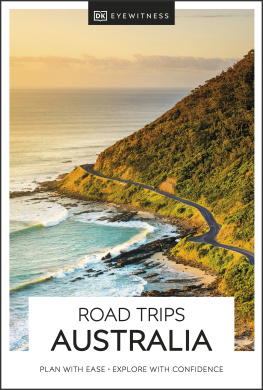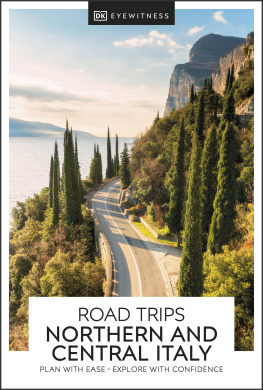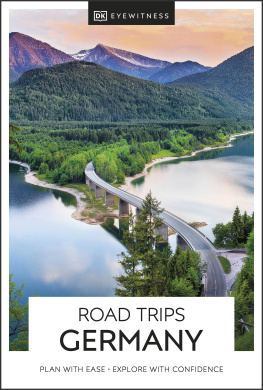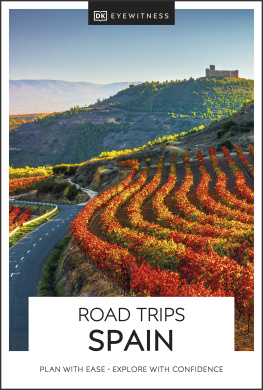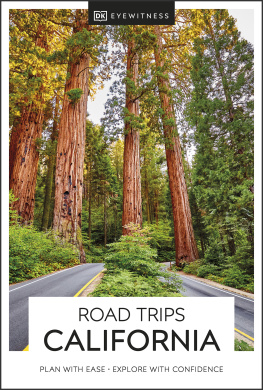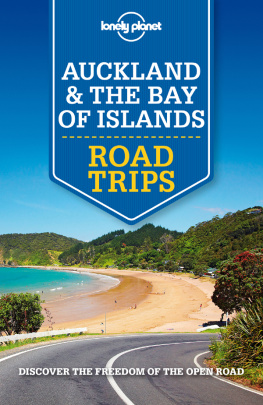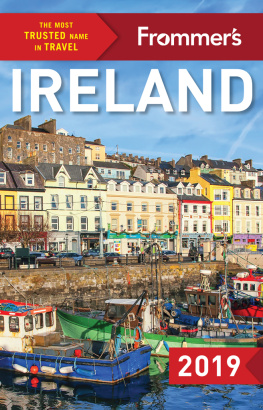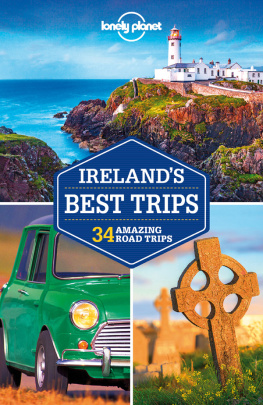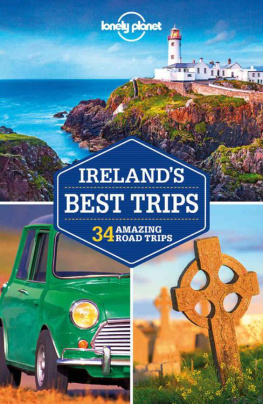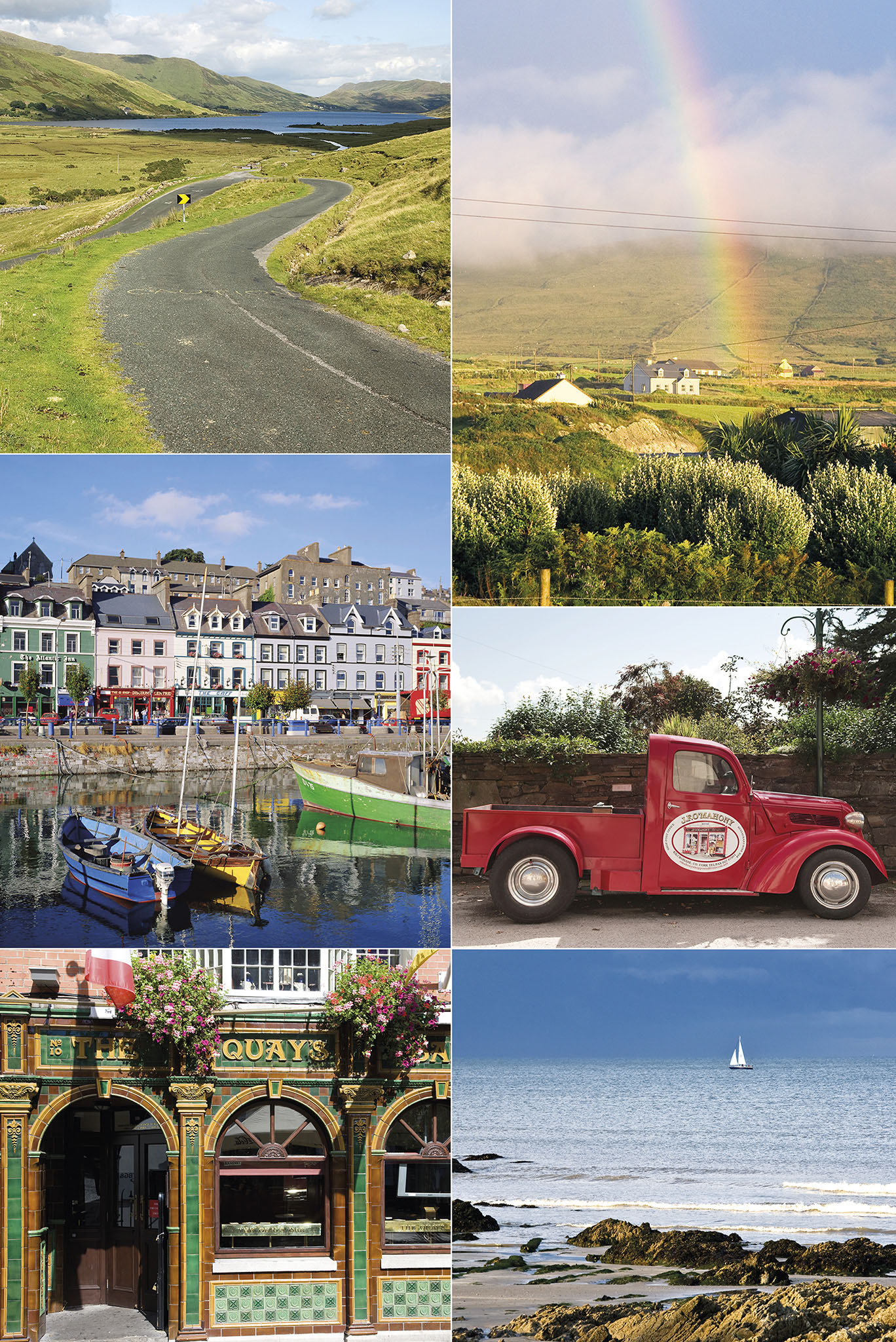CONTENTS
g
HOW TO USE THIS eBOOK
Preferred application settings
For the best reading experience, the following application settings are recommended:
- Orientation: Portrait
- Color theme: White background
- Scrolling view: [OFF]
- Text alignment: Auto-justification [OFF](if the eBook reader has this feature)
- Auto-hyphenation: [OFF](if the eBook reader has this feature)
- Font style: Publisher default setting [ON](if the eBook reader has this feature)
g
About this Book
The 25 driving tours in this guide reflect the fantastic diversity of Ireland. Although it is a relatively small island 488 km (303 miles) long and 304 km (189 miles) at its widest point it has an amazing variety of terrain. The landscape ranges from rolling green pastures and fertile fields to mountain peaks, dramatic coastline, sandy beaches, tranquil lakes (loughs), great stretches of blanket bog and rocky peninsulas jutting out to sea. Ireland has one of Europes oldest cultures, glimpses of which can be found in its mysterious prehistoric sites, its quaint stone villages and its ancient native tongue. These driving routes take visitors beyond the must-see tourist sights to lesser-known places that provide a more intimate experience of the people, customs, architecture and cuisine. Expect delightful surprises around every bend, packed with the sights, sounds and flavours of the real Ireland.
Getting Started
The front section of the guide will give you all the practical information you need to plan and enjoy a driving holiday in Ireland. It includes an overview of when to go and how to get there, advice on bringing your own vehicle or hiring one and details of any documentation required. In-depth motoring advice ranges from driving rules to road conditions, from buying petrol to breakdown or accident procedures the kind of background knowledge that helps to make a driving trip stress-free. There is information on money, opening hours, mobile phones and Wi-Fi, health and safety and other practical matters, as well as advice on accommodation and dining options, to ensure that you experience the very best of Irelands legendary hospitality.
The Drives
The main touring section of the guide is divided into leisurely drives, ranging in duration from two to five days. All the tours can be driven in a standard vehicle, and no special driving skills are required.
The drives encompass every region of the country, from the gentle plains of Kildare to the rocky peninsulas of Cork and Kerry, from the remote and dramatic landscapes of Connemara and Donegal to Northern Irelands stunning Causeway Coast.
Each drive begins with a list of highlights and a clearly mapped itinerary. There is advice on the best time of year to do the drive, road conditions, market days and major festival dates. The tour pages contain descriptions of each stop on the route, linked by clear driving instructions. Side panels have information on the most authentic places to stay and eat. Tinted boxes feature background information and anecdotes.
Each drive features at least one mapped town or countryside walking tour, designed to take a maximum of two hours at a gentle pace with stops along the way.
The tours are flexible: some can be linked to create a longer driving holiday; or they can be dipped into as day trips while based in a region.
Top left Devils Pass near Lough Nafooey, Connemara Top right Rainbow over West Cork Centre left Fishing boats in Cobh Harbour, Co Cork Centre right Old-fashioned truck, Sheeps Head Peninsula, Co Cork bottom left Dublins Temple Bar area bottom right Baldoyle Beach, near Dublin
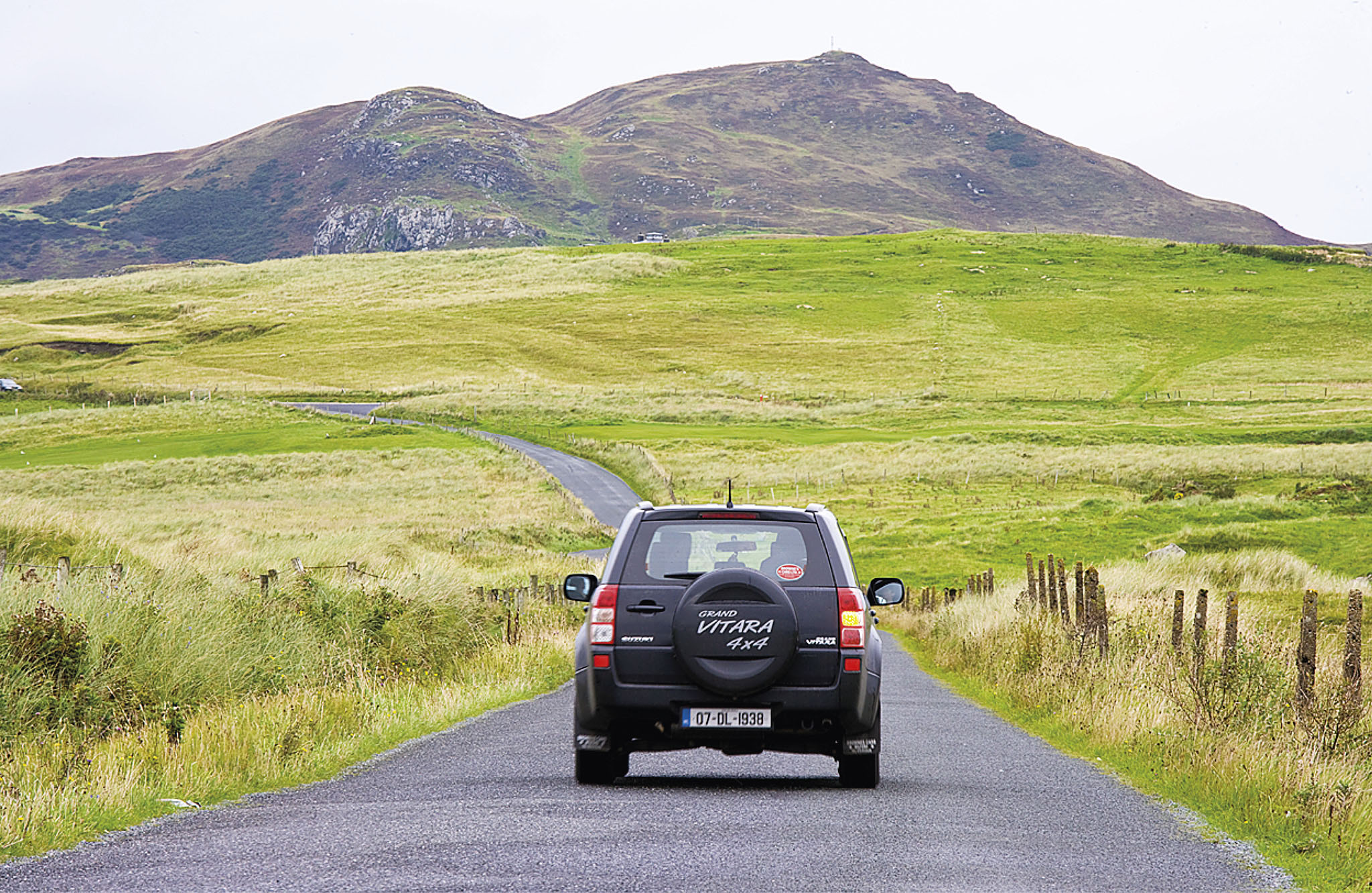
Road to Rossapena on the Fanad Peninsula
g
Introducing Ireland
With its charming rural lanes, rolling green hills and stunning mountain vistas and seascapes, there can be few countries as rewarding for back-roads driving as Ireland. The winding lanes of Ireland run through lush pastures to the wildflower-studded pavements of the Burren and to the basalt columns of the Giants Causeway. They weave their way into the glens of the Antrim Coast, along the wild peninsulas of Cork and Connemara and around the calm loughs of Galway and Donegal. Along their leisurely way they pass by ancient stone circles and megalithic tombs, Celtic crosses and round towers, medieval castles and stately homes. They afford ample opportunities to pause for a stroll in a pretty town or village and, for refreshment, a cosy pub is seldom far away. And, should a visitor ever stray too far off the unbeaten path, there are always friendly folk around who are more than happy to help with directions.
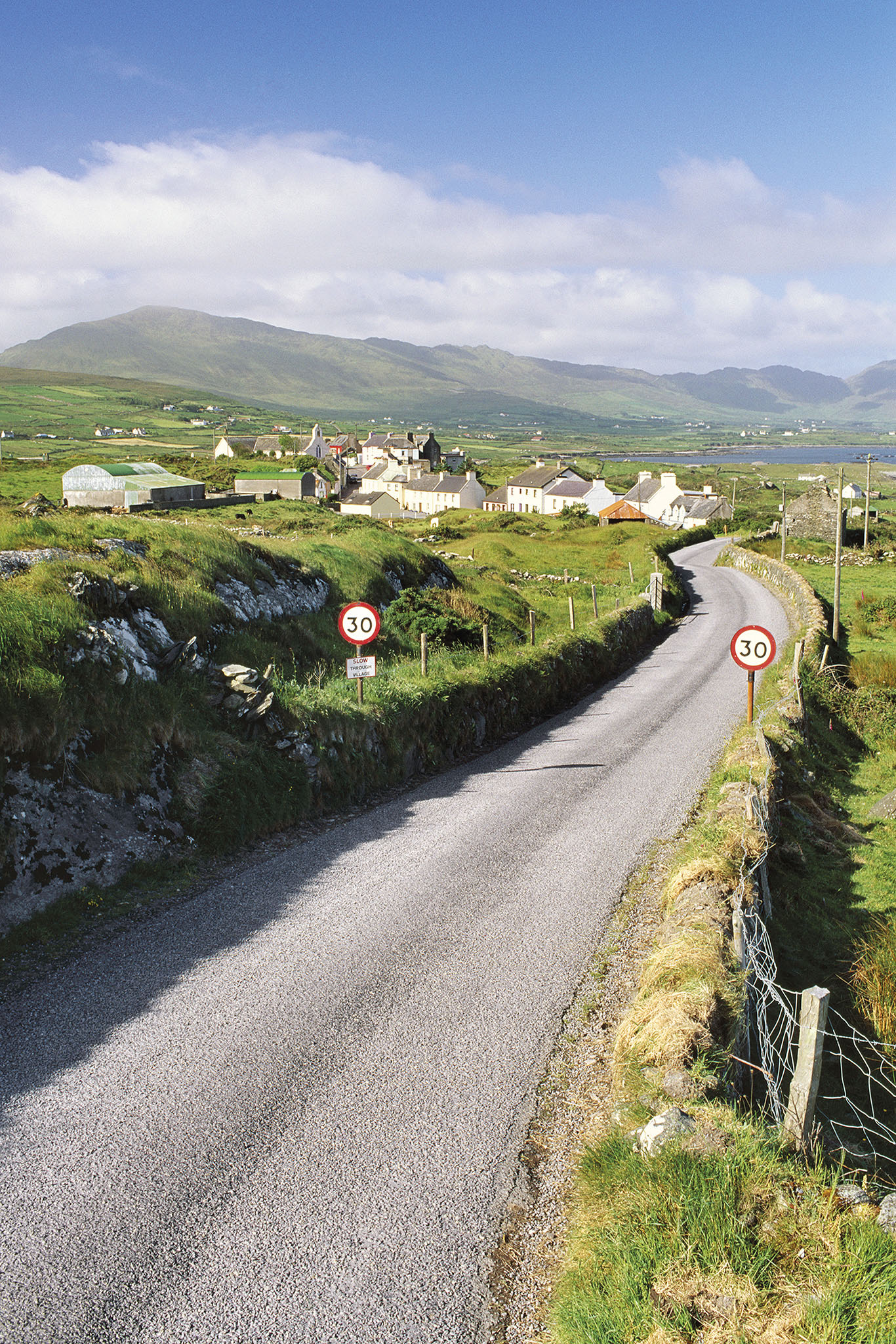
A country road in Co Cork, flanked by dry-stone walls
When to Go
The Gulf Stream ensures that Ireland enjoys a moderate climate all year round. However, summer not only has the warmest temperatures but also the longest days. With sunset as late as 11pm in midsummer, its easy to pack in a lot more sightseeing and activities, from walking and cycling to boating and golf. If the goal of the trip is to take in the most popular attractions and beauty spots, however, there will be fewer crowds and yet still pleasant weather in both spring and autumn. Bargain-hunters will find the best deals on hotel and car hire rates in winter.
However, theres more than the weather to consider in deciding when to visit. Incorporating a music festival, a sporting event or a local celebration can turn out to be the making of a trip to Ireland.
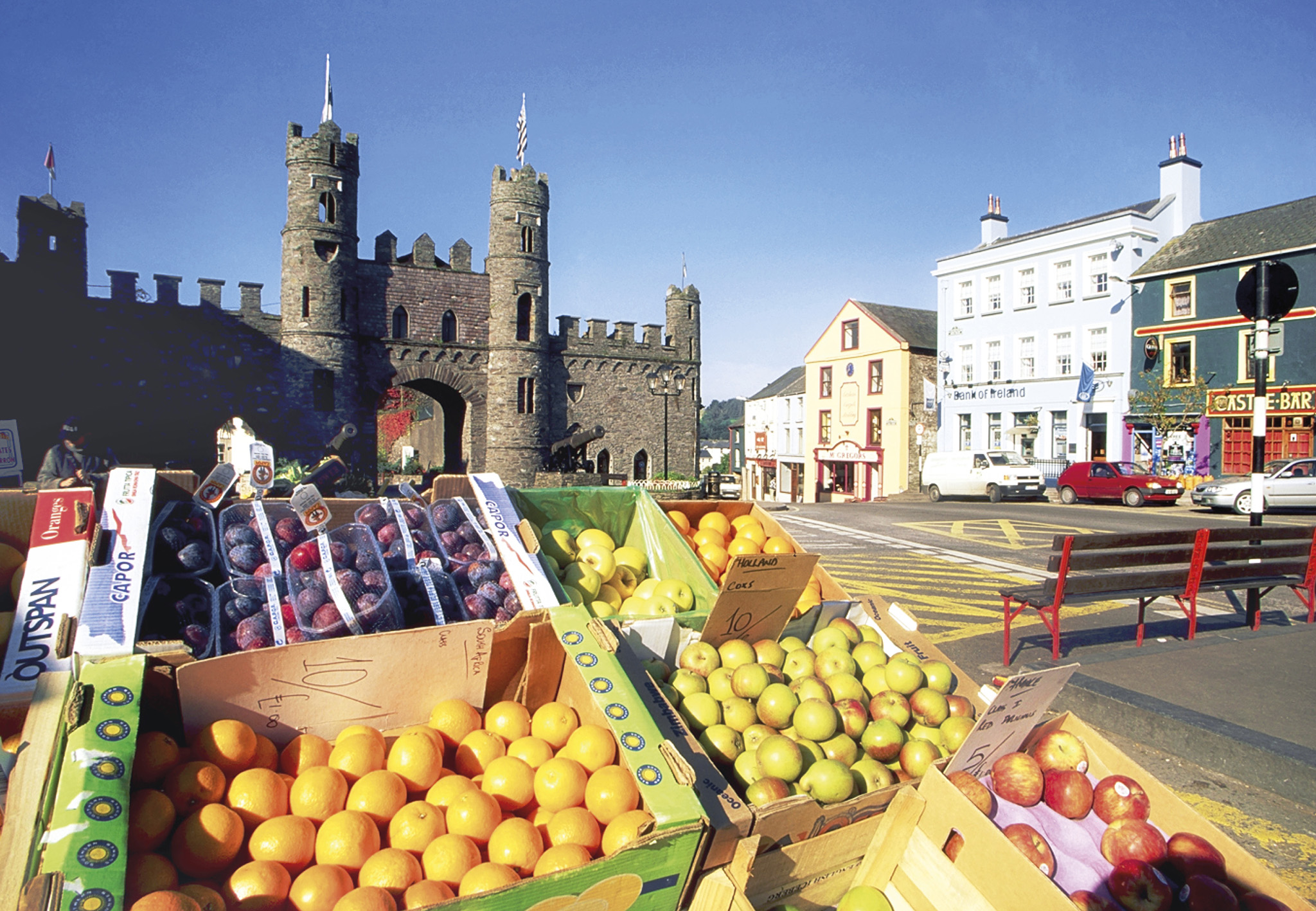
A stall in the market square of Macroom, Co Cork, with its Norman gateway
Times to Avoid
The busiest time to visit is during the summer school holidays (late Junearly Sep). Prices will be highest, traffic heaviest and queues longest. Dublin hotels quickly fill up during conventions and events, so check, and book, well ahead. Night falls as early as 4pm in winter, and many attractions have restricted opening times or may close entirely. Rural and smaller seaside resort hotels and restaurants often close completely from November until Easter.
Climate
Summer temperatures usually range from 1520C (6068F), with spring and autumn temperatures around 10C (50F). Winters generally average 58C (4146F), although rain and wind can make it feel colder. It rarely snows, but expect rain at any time throughout the year. Irelands soft rain is often interspersed with sunshine, so dress in layers and be prepared for sudden changes.
Festivals
St Patricks Day (17 Mar) is celebrated most enthusiastically in Dublin, but many fairs and festivals, from local food and livestock events to ancient festivities, to music, theatre and arts events, are held throughout the country all year round. Full details of main festivals, where they are held and when, are supplied in each drive.

